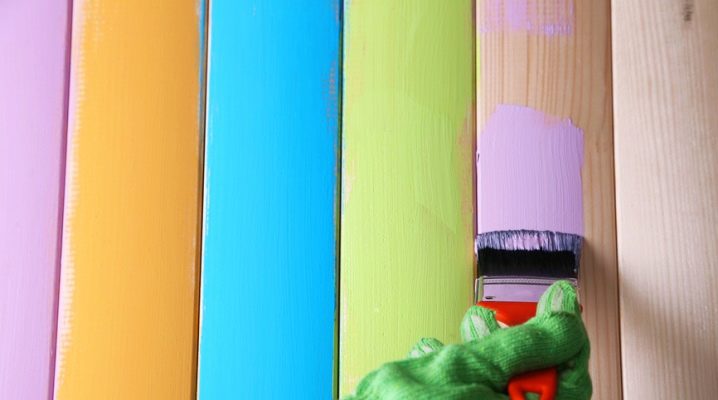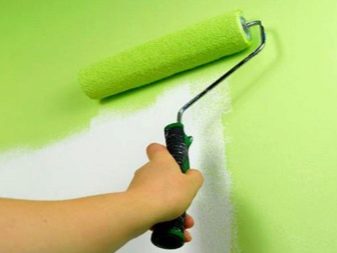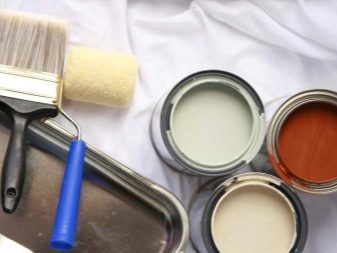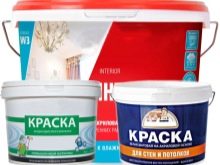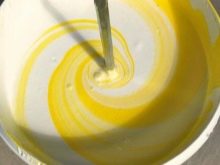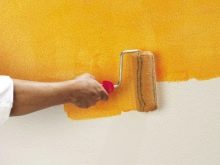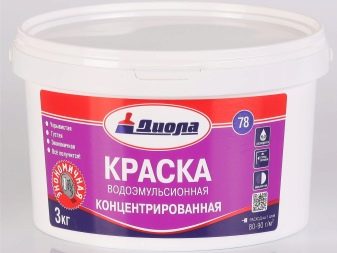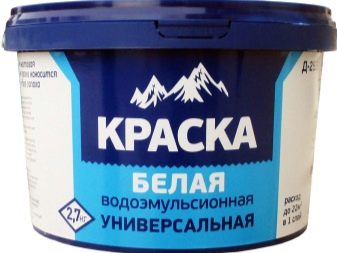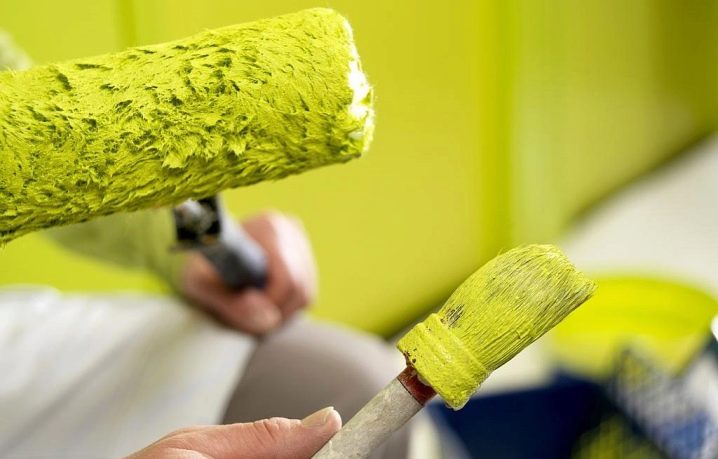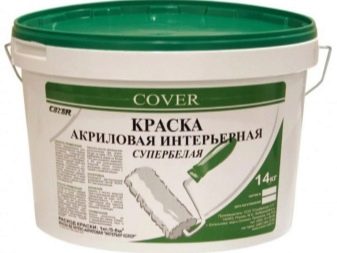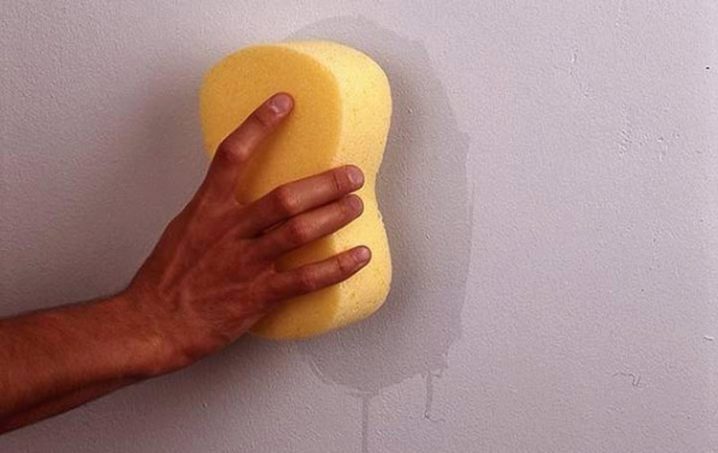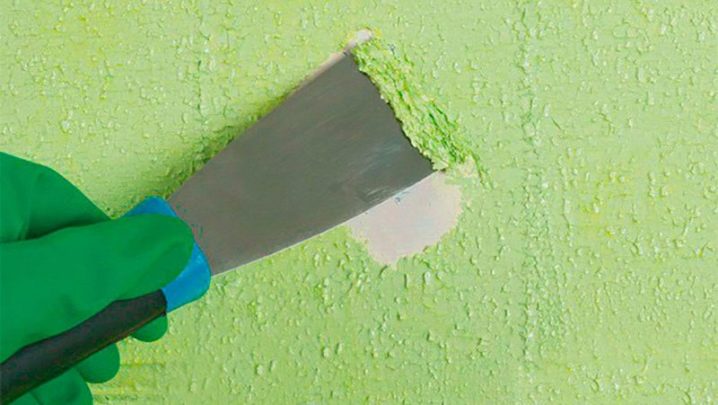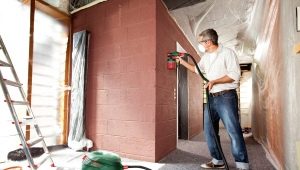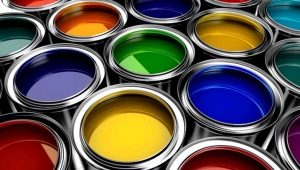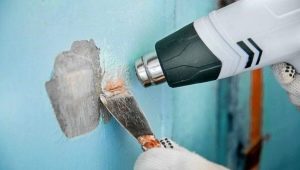How to choose polyvinyl acetate water-based paints?
Interior decoration of the house is a very important event. Often people try to save money and produce all the work themselves. This allows you to acquire certain skills, including the selection of suitable materials. When painting walls in small rooms, the owners often prefer a polyvinyl acetate water-based paint.
Advantages and disadvantages
Water emulsion polyvinyl acetate paints are becoming increasingly popular. The reason for success lies in the many advantages of this material.
- Such compositions dry very quickly. The painted surface will be dry after three hours.
- The composition of paints is not dangerous for the environment, people and animals.
- Means do not have a specific smell. The need for immediate departure from the premises after work disappears.
- The subtle smell of paint quickly disappears.
- Means are fireproof.
- You can create any shade you like. The paint is usually sold in colorless, rarely in white. You can buy your own pigments to create color at home. It is also possible to create the desired tone with a special machine, which is available in every hardware store.
- Paints are moisture resistant. Although they are not recommended for use in rooms with constantly high humidity.
- The coating does not change color and does not fade with constant exposure to direct sunlight.
- The composition does not allow the development of fungi and mold in the room.
- Products have improved adhesion.
- They are able to close a crack to a depth of 0.7 mm.
- Paints are easy to apply.
The main disadvantage of polyvinyl acetate water-based paint is the inability to work at temperatures below 5 degrees Celsius. Also disadvantages include the complexity of applying to wooden surfaces. This process consists of a large number of actions that take a long period of time.
Properties and Parameters
Before buying, you need to study the main technical characteristics of the product. It is worth assessing:
- composition;
- area consumption;
- viscosity grade;
- weight and density;
- storage rules.
The paint consists of a latex base, special fillers and thickeners. Also antiseptics are necessarily included in the composition.
A good expense is 200 ml per 1 square. m when applied in a single layer. The number of layers is directly related to the quality of painting and the type of surface to be painted. The specific gravity (density) of a polyvinyl acetate water-emulsion paint is 1.3 kg per liter.
Drying time may vary due to temperature and humidity in the room. The minimum time is 2 hours. Such terms are achieved at a temperature of +20 - +22 degrees and air humidity of about 65%.
If you deviate from these parameters, the drying time will increase.
Kinds
When choosing it is necessary to take into account that, depending on the polymers, there are a large number of varieties of water-based paint.
Acrylic formulations are the most popular. Their basis is acrylic resin. When adding latex, this composition becomes water-repellent. Manufacturers claim that the walls with this paint can withstand several thousand wet rubbing, without losing its original color. Paint fits well on any surface, if they were pre-primed.
Silicone paints are more suitable for the decoration of rooms in which there is no high humidity. Thanks to silicone resins, the composition prevents the development of fungus and mold.
The composition of the mineral dyes include lime or cement. They are used for painting the ceiling and walls. This type has the narrowest purpose among all water-based structures - you can work only with brick or concrete surfaces.
How to remove paint from the surface
When choosing it is worth considering that you may not like the resulting color, or you may have a desire to change the interior in the future. To do this, you need to know how to remove water-based paint from the walls. Also, this knowledge will help you do not accidentally spoil the coating.
- Composition based on PVA (polyvinyl acetate) is the most demanding in the care and the easiest to remove. In order to remove the layer of paint, simply wash it off with soap and water.
- Acrylic Compound remove harder. In this case, mechanical removal with a spatula or chisel must be added to the soap solution.You can also use a special chemical composition.
When choosing water-based polyvinyl acetate paints, it is necessary to remember that they do not like high humidity, and when they come in contact with water, they immediately wash off. The remaining parameters of this type of paint are at a high level.
How to choose the right water-based paints, see the following video.
